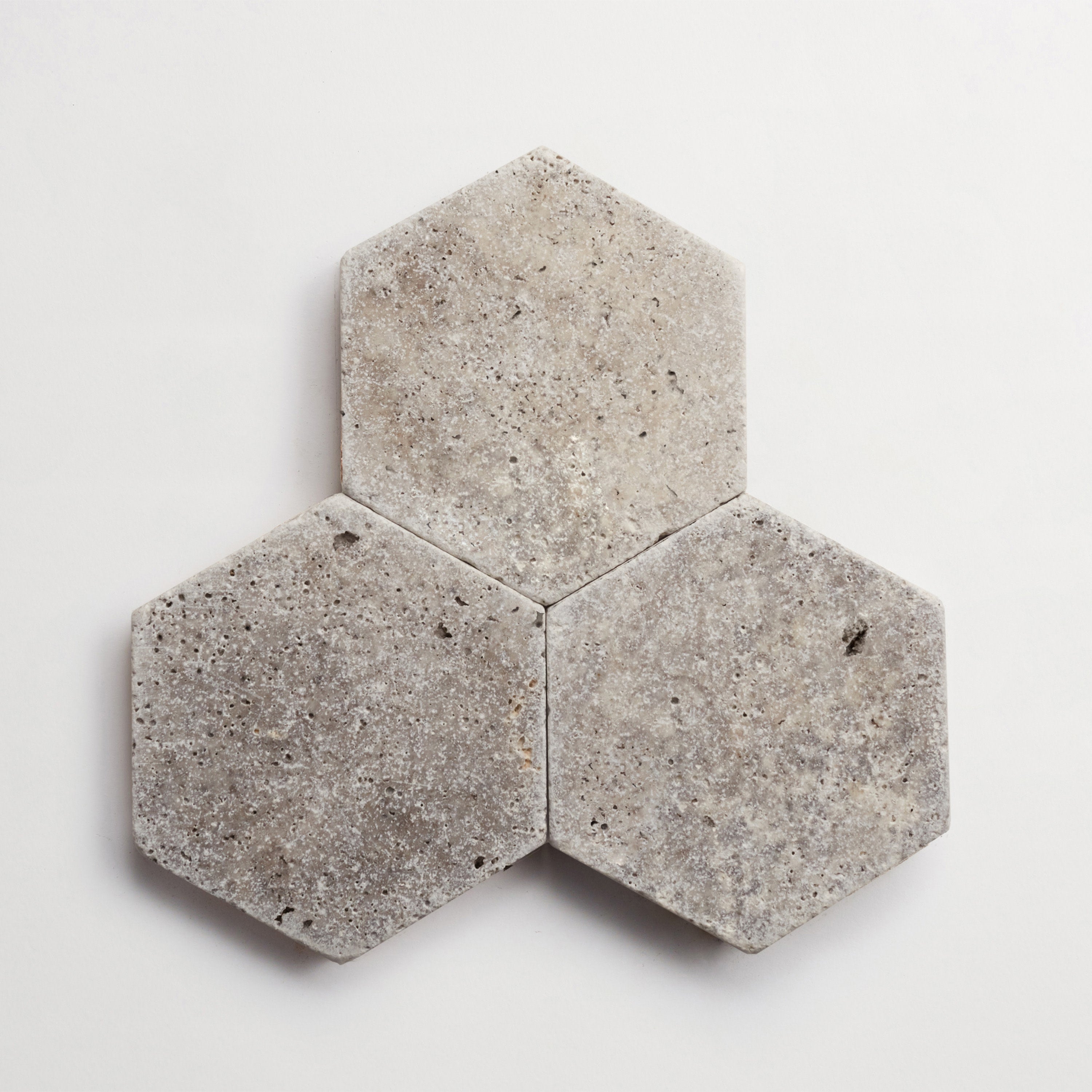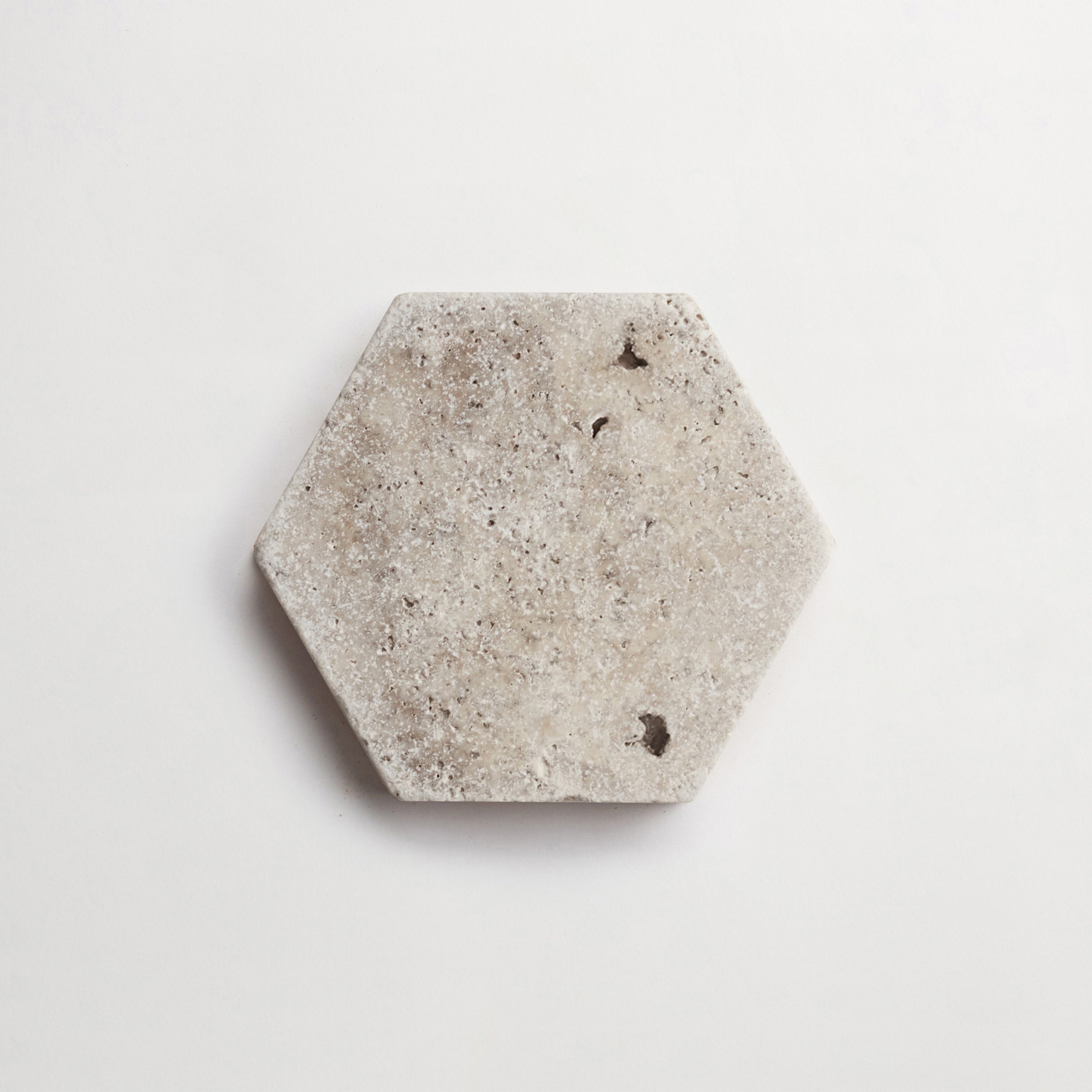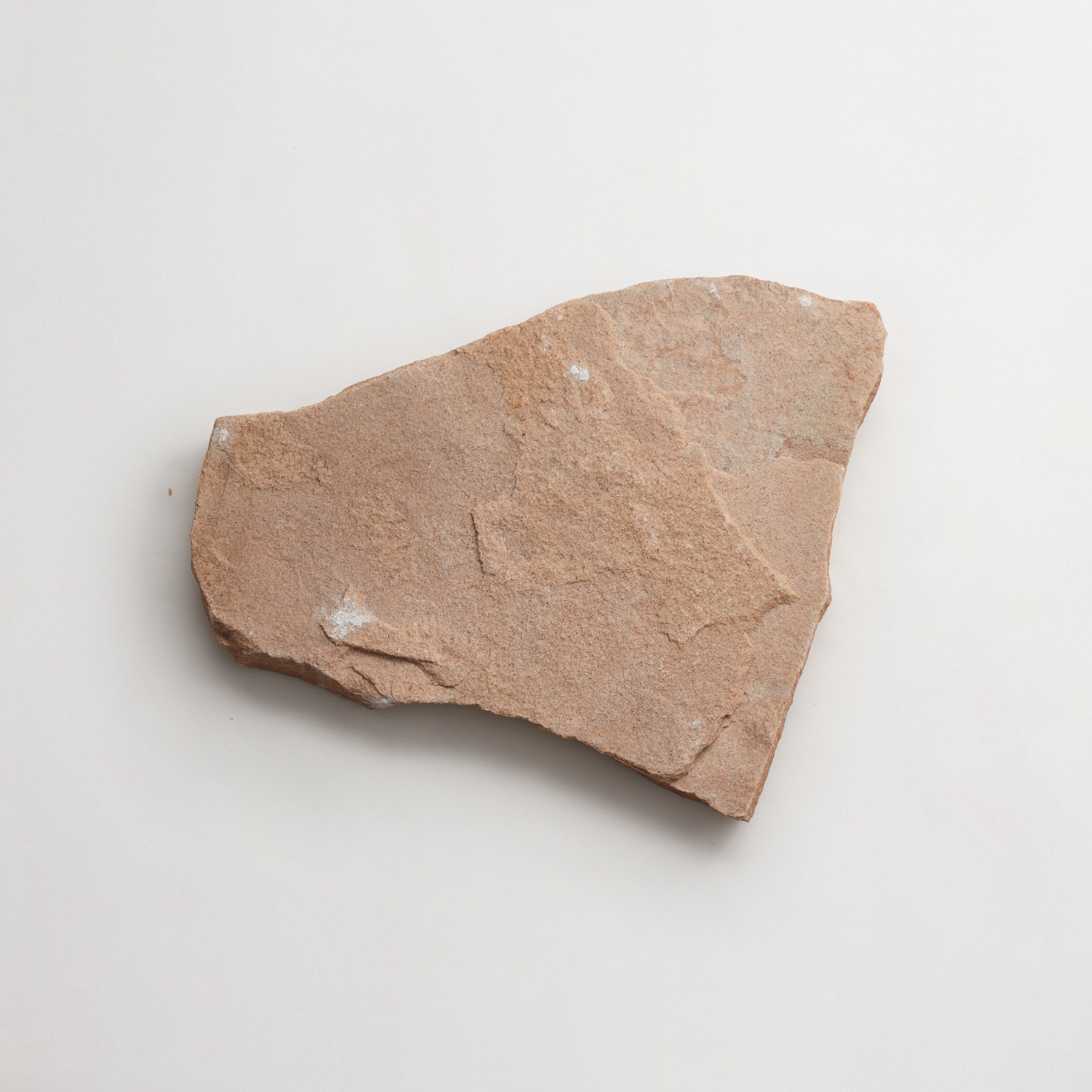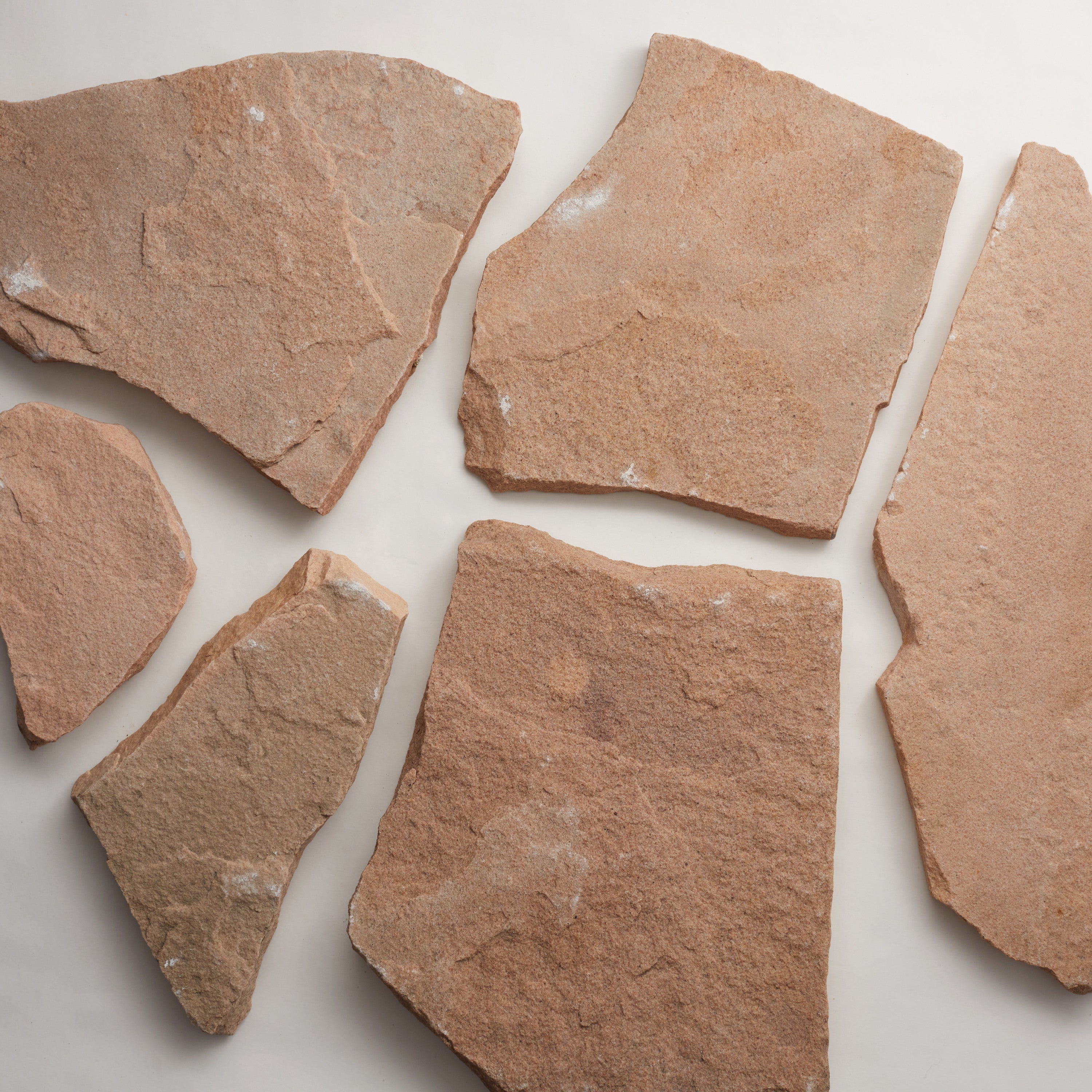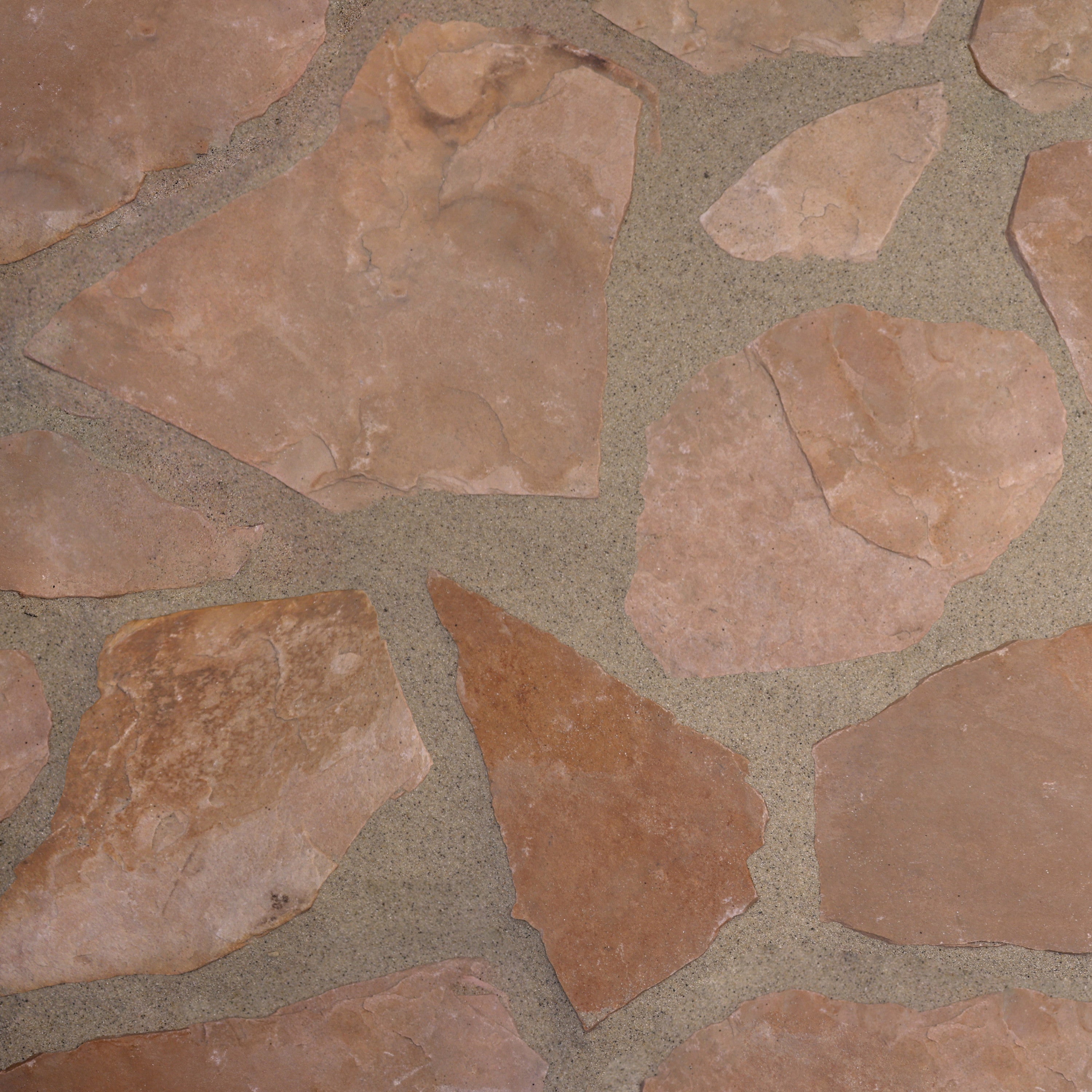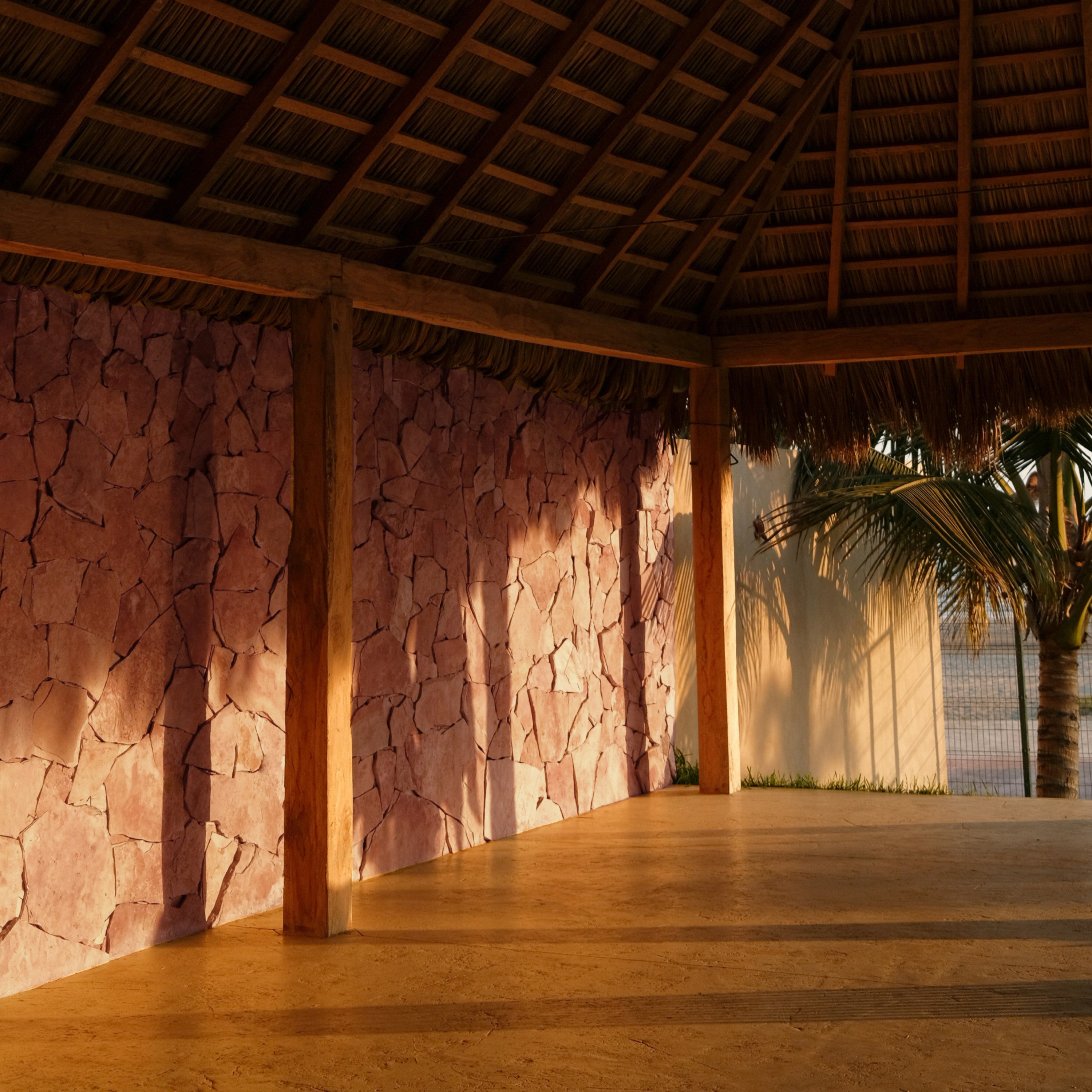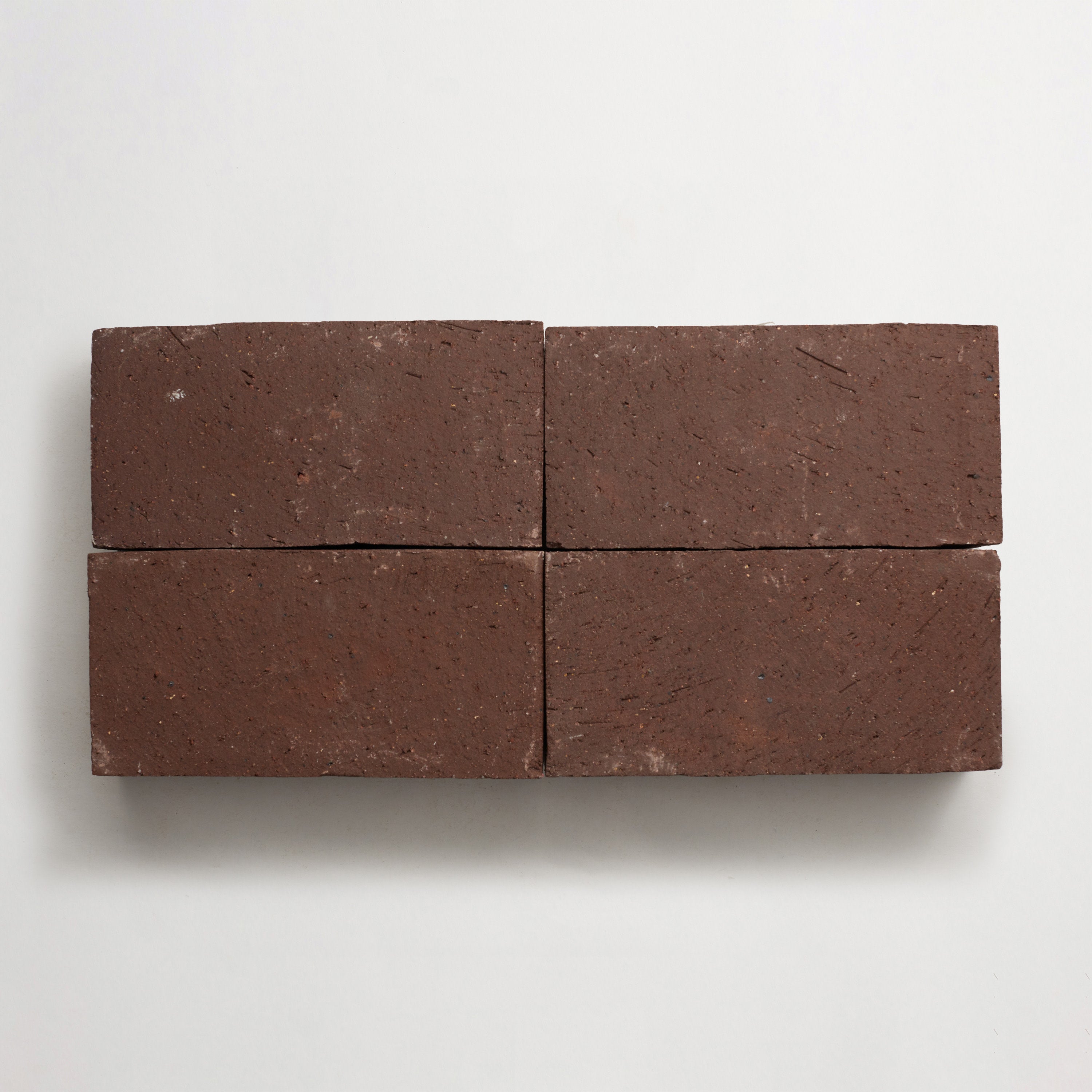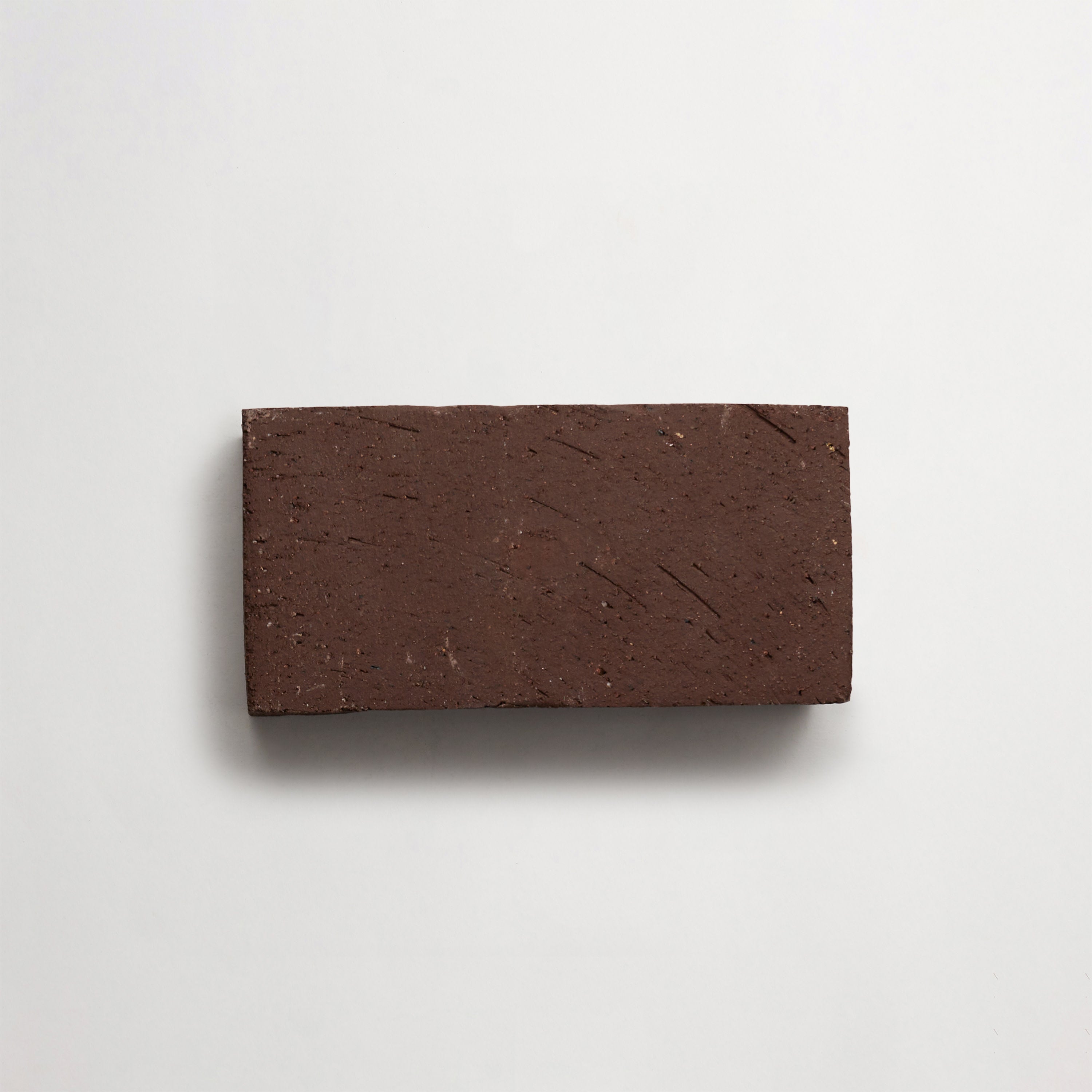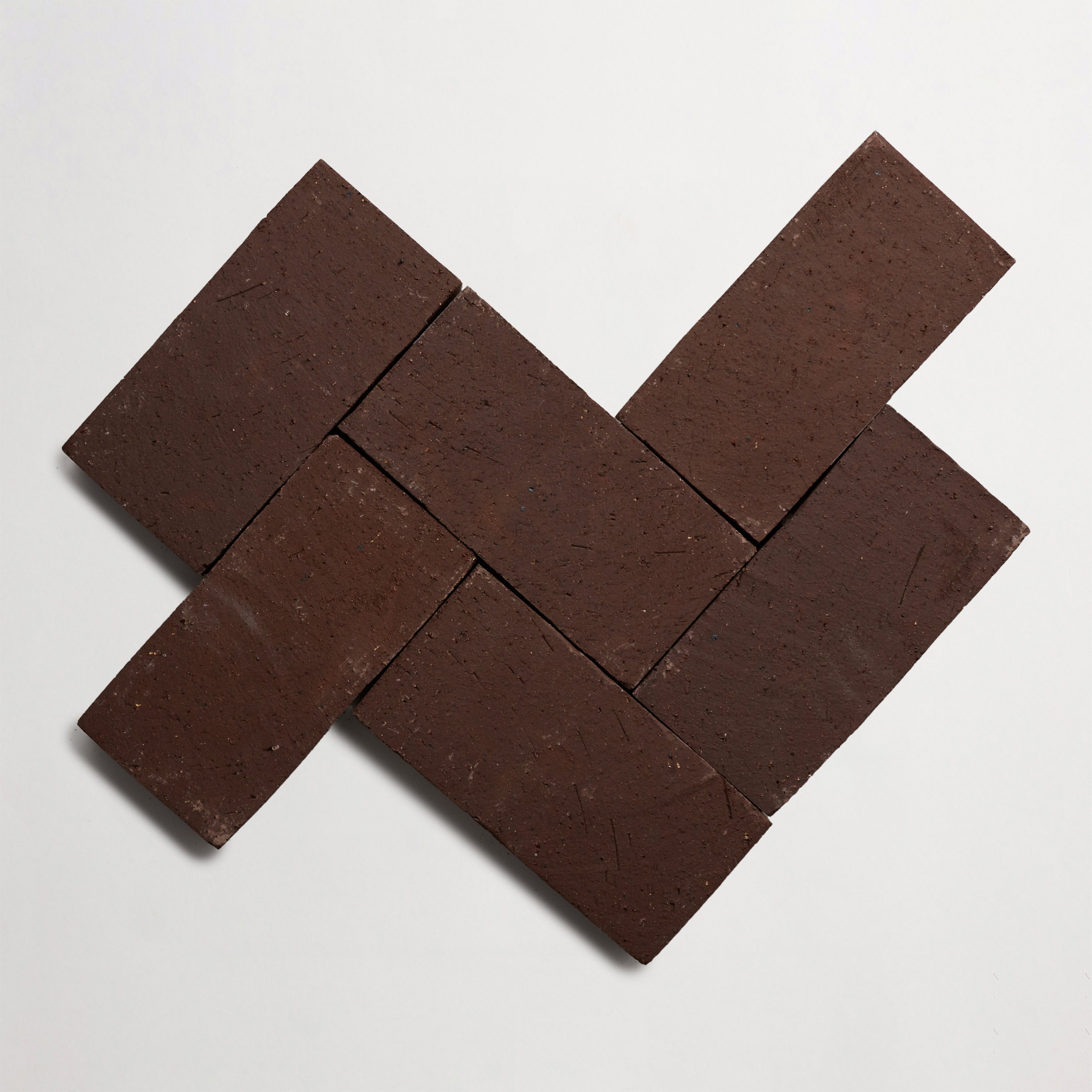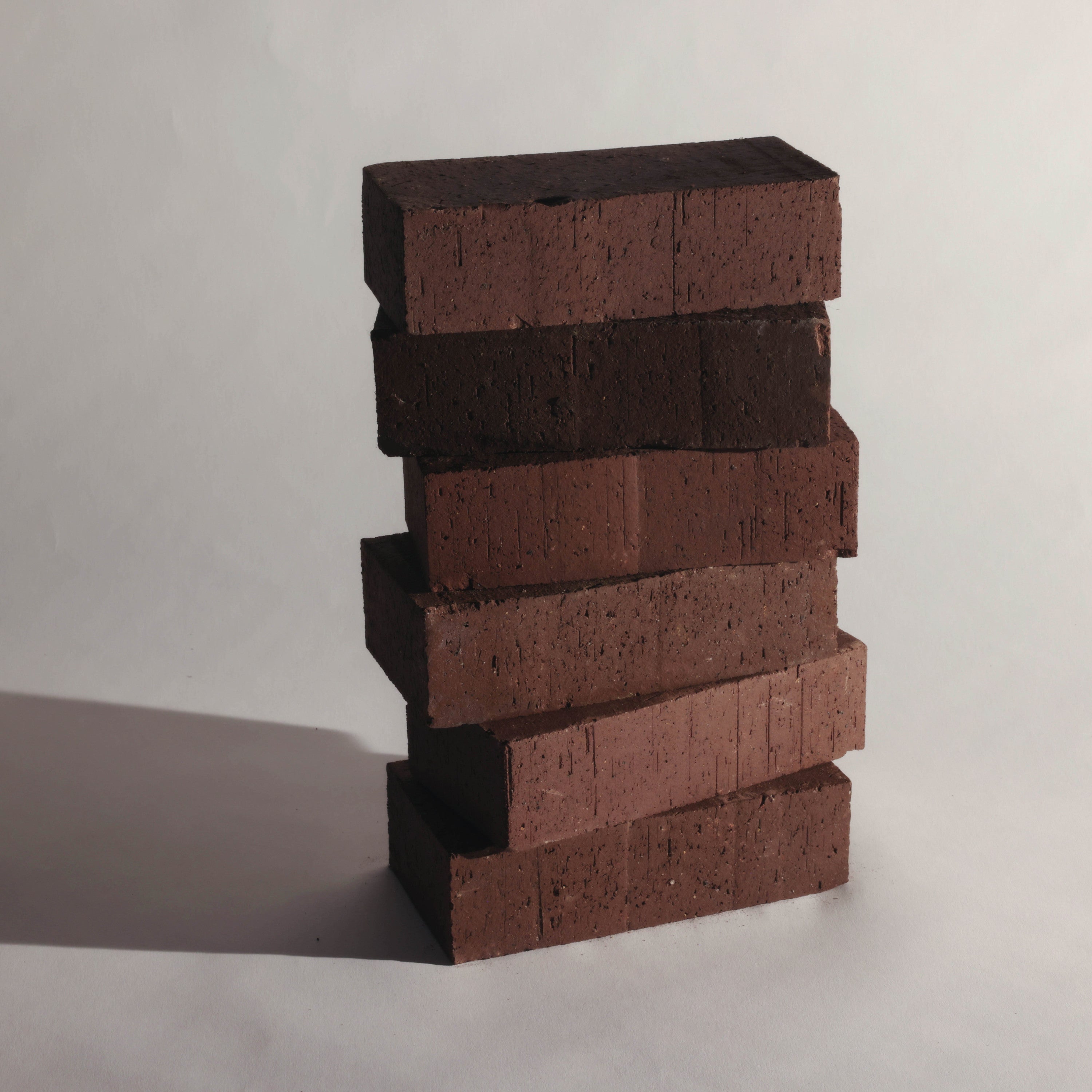your shopping cart is empty.

The Best Walkway Pavers to Shape Your Design Foundation
In landscape architecture and exterior design, the walkway does so much more than connect spaces. It also shapes circulation, sightlines, and material hierarchy within the greater outdoor hardscape. Selecting the best walkway pavers requires balancing durability, slip resistance, and aesthetic intent — all while ensuring the paving integrates with nearby planting, lighting, and finishes.
This guide goes through the walkway materials that design professionals most often specify for their projects. We’ll explore performance, installation, and maintenance considerations, and then discuss how to weigh these factors when choosing materials for your own walkways. Use these notes to inform specification, supplier coordination, and on-site mock-ups. So, whether you’re planning an intimate garden path or a grand entry court, you’re in the right place.
Step into intention — explore our Garden Path collection and discover pavers that ground every journey in design.
What Are the Best Pavers for Walkways?
There is, of course, no single best paver for walkways. The right choice for your project depends entirely on a number of factors, including climate, desired look, texture, and nuances of the property itself. In this section, we look at a variety of outdoor walkway paver types that landscape architects turn to again and again.
Terracotta: Sun-Drenched Warmth with Timeless Appeal
Terracotta pavers offer rich, earthy color and a tactile surface that reads as both warm and handcrafted. Fired clay produces subtle variation from batch to batch, which you can leverage to create one-of-a-kind walkways.
This material is typically best for areas that do not see freeze-thaw cycles, so it’s important to check a paver’s technical specs if you’re designing a walkway in a cold climate. Also be sure to pass along any key maintenance requirements to your client to ensure long-term performance under heavy traffic.
Cement: Bold Geometry with a Sculptural Edge
Cement pavers come in a variety of shapes and colors, allowing you to create geometric patterns of all kinds for walkways. Even more: Every tile varies slightly in color from the next, ensuring you end up with a bespoke look. Cement’s natural unfinished texture also lends much-needed slip resistance for walkways.
Like terracotta, cement is best suited for climates that do not see freeze-thaw cycles. Some colors may also fade over time under heavy UV exposure. Always check a tile’s or paver’s properties and usage to ensure it is suitable for your particular project. Overall though, cement is a versatile option for designers seeking bold color and unique layouts.
Brick: Heritage Texture for Enduring Charm
Brick pavers have a classic yet timeless look, allowing them to lend warmth to formal approaches and informal garden paths alike. They also come in a variety of earth tones and have a rugged texture that develops patina with use. In other words: You really can’t go wrong with brick.
Bricks accommodate flexible systems that tolerate movement and root growth. In addition, herringbone or basketweave patterns provide extra strength for heavy loads and foot traffic. This material is generally UV resistant and freeze-thaw rated, making it an excellent choice for warm and cold climates alike.
Stone: Organic Variation Rooted in the Landscape
Natural stone pavers such as slate and travertine anchor the walkway with geological variation and surface complexity. Each stone type has its own unique tones, veining, and surface texture. (In many cases, this texture offers welcome slip resistance.)
You can achieve a wide variety of looks with natural stone, as well. Slate pavers create informal and irregular layouts, for example, while tumbled travertine pavers can lend a refined yet lived-in look. Not all types of natural stone offer adequate traction or moisture resistance for paths and walkways, so always check the material’s specifications before selecting it for your project.
Marble: Polished Sophistication with Natural Depth
While not always suitable for exterior walkways, marble can create a refined and high-contrast surface that elevates ceremonial approaches and formal entries. Because marble is softer than many stones, you’ll need to seek out denser varieties and have them treated with protective penetrating sealants.
Marble ages distinctively, developing a patina that can be embraced in the design narrative or mitigated through maintenance. Be sure to pass along any cleaning protocols or replacement guidelines to your client so that your installation can age beautifully over time.
Begin where design meets earth. The Garden Path collection offers tactile materials shaped for enduring outdoor elegance.
Porcelain: Clean Lines and Quiet Strength
While not often the first material designers consider for paths and walkways, porcelain tiles and pavers offer low porosity and consistency underfoot. This makes them a solid choice for modern spaces that value minimal maintenance. Exterior-rated porcelain resists staining and freeze–thaw damage, as well. (Just be sure to choose a slip-resistant finish.)
Larger sizes, such as 8-by-8-inch tiles, can reduce joints and create a more continuous look. It also sees very little color variation from tile to tile, helping simplify future replacement logistics. We always recommend having your contractor create mock-ups to verify how the color and finish will behave in the actual space.
Glass: Reflective Light for Luminous Pathways
While generally not suitable for exterior floor applications, glass pavers can add a reflective touch to nearby walls and accent zones. They also come in many different colors, making them a visually striking choice in areas with dimensional lighting.
Glass pairs well with dark, earthy surfaces to amplify contrast and can be integrated into tiled step risers, thresholds, and walls for added visual interest. Because glass tile installation requires a high level of skill, always be sure to partner with an experienced setter.
Zellige: Glossed Imperfection with Cultural Weight
Zellige brings glazed irregularity and a high sheen that animates surfaces as light shifts across the walkway. Most often used in home interiors, thicker and specially produced zellige tiles may be adapted for lower traffic outdoor pedestrian areas. (When in doubt, always check a tile’s properties and usage guidelines.)
The artisanal quality of zellige gives it a rich, variegated appearance that reads as handcrafted and culturally referenced. And if you find it’s not suitable for the walkway: It performs beautifully on accent walls and other vertical surfaces.
Weathered Stone: Aged Surfaces with Architectural Memory
Weathered or reclaimed stone offers an immediately aged patina that suits heritage landscapes. Salvaged cobbles, old flagstones, and repurposed curbs add historical value and authenticity while contributing to a project’s sustainability goals.
As with all types of outdoor tile, porosity and weather resilience can vary, so be sure to study a material’s technical specs before choosing it for your project. Mock-ups and on-site testing can also help you understand how the stone will perform under real-life conditions.
Terrazzo: Modern Mosaic Grounded in Tradition
Terrazzo pavers, most often found in a honed finish, are made up of glass, quartz, and other aggregates set in a cement base. This allows terrazzo to achieve a wide variety of looks, from clean and subtle to bold and patterned. It’s a material that suits traditional and modern spaces alike.
Honing softens the surface of each paver, creating a lightly worn aesthetic that masks minor abrasion and foot traffic. It also offers some slip-resistance — a necessity for garden paths and walkways. Terrazzo is not always freeze-thaw rated, so verify its technical specifications if you’re planning a walkway in a cold climate.
How to Select the Best Walkway Paver for a Landscape
With so many walkway paver materials to choose from, landscape architects, designers, and clients alike often have trouble finding the best choice for their project. Here are a few key factors to consider as you navigate your options, including climate, design intent, and longevity.
Consider the Climate and Environmental Conditions
Be sure to assess the property’s climate, including freeze-thaw cycles, salt exposure, rainfall intensity, and UV exposure. Low-porosity materials perform well in coastal zones and where deicing salts are common, while permeable paving strategies can reduce runoff in high-rainfall sites. For areas that see freeze-thaw cycles, prioritize low-absorption materials and penetrating sealants, which will ensure that walkways last through harsh winters.
Soil load-bearing capacity and root zones will also affect the required thickness and restraint details. Don’t forget to coordinate drainage, bedding, and joint infill to reduce movement and maintain long-term stability.
Match the Material to Your Design Intent
Also be sure to align the finish, scale, and texture of your walkway pavers with the project’s aesthetic goals. Formal spaces may favor refined materials like tumbled travertine or classic brick, while informal garden paths benefit from unfinished slate or terracotta brick.
Consider a paver’s color and acoustic qualities, as well, including how materials will read at night under nearby lighting. Full-size mock-ups and sample panels can help you evaluate how the material will appear in the outdoor space.
Think About Longevity, Texture, and Use Over Time
Plan for longevity studying a paver’s abrasion resistance, thickness, and maintenance needs ahead of time. Textured surfaces improve traction but can accumulate debris, while honed surfaces may show scuffs and require more involved cleaning. A well-considered replacement strategy can allow individual units to be swapped without disrupting the overall field.
Lastly, include cleaning and sealing protocols where appropriate, and require mock-ups to confirm how the material may wear over time. Documenting all maintenance and repair guidelines can ensure the walkway remains safe and beautiful throughout its intended lifespan.
Curated for quiet impact, the Garden Path collection invites you to shape walkways that feel as considered as the landscapes they guide.
-
Shale
-
Pemberley Pavers
:
-
Acquiterre
-
4
" x
-
4
" x
-
⅛
"
-
sqft
/
$
-
Rosso
-
Grangestone
:
-
Acquiterre
-
8
" x
-
8
" x
-
⅞
"
-
sqft
/
$
-
Cordovan Saddle
-
BrickWorks
:
-
Acquiterre
-
4
" x
-
16
" x
-
⅝
"
-
sqft
/
$







